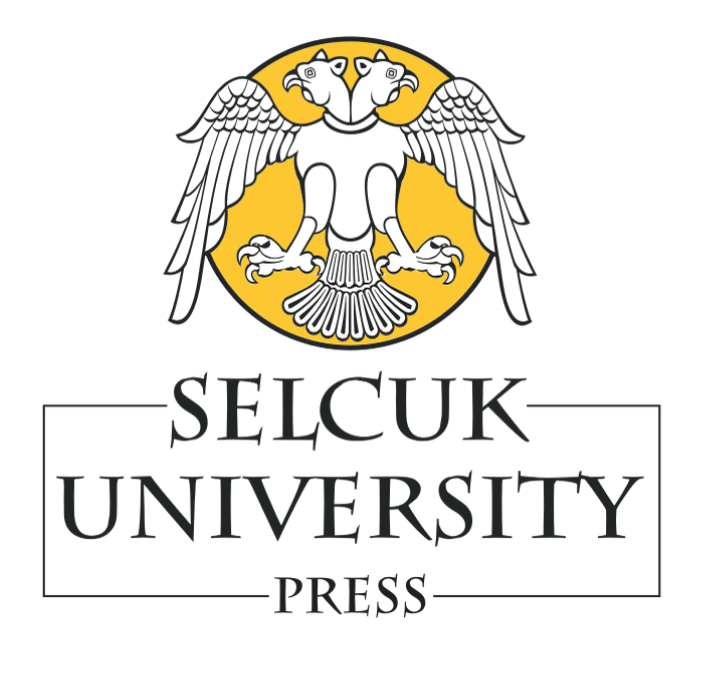| 2022, Cilt 38, Sayı 1, Sayfa(lar) 032-040 |
| [ Türkçe Özet ] [ PDF ] [ Benzer Makaleler ] |
| Evaluation of beef supply based on hot carcass data: The case of Burdur province |
| Cevat Sipahi1, Ahmet Cumhur Akın1, Aykut Asım Akbaş2 |
| 1Mehmet Akif Ersoy Üniversitesi Veteriner Fakültesi Hayvan Sağlığı Ekonomisi ve İşletmeciliği Anabilim Dalı, Burdur, Türkiye 2Mehmet Akif Ersoy Üniversitesi Veteriner Fakültesi Zootekni Anabilim Dalı, Burdur, Türkiye |
| Keywords: Burdur, slaughterhouse, hot carcass weight, gender, slaughter age |
| Downloaded:1064 - Viewed: 2600 |
|
Aim: In this study, it was aimed to reveal the beef supply structure
throughout the province by examining; the hot carcass weights, cattle age,
cattle breed, sex, etc. data of the cattle slaughtered in Burdur province.
Materials and Methods: The material of the study consists of the data of the Gucbirligi Inc. slaughterhouse, which has an average of 50% of the cattle slaughter carried out throughout the province of Burdur over the years. In this context, the data of 52,677 cattle slaughtered between the months of 2014/1 - 2018/9 and whose information is not missing were included in the study. Data were evaluated with the Independent Sample t-Test or ANOVA in terms of the number of groups, and the Tukey Multiple Comparison Test was used to control the significance of the relationship between the subgroups. Results: According to the analysis results, although different cattle breeds are slaughtered in Burdur province, Holstein and Simmental breeds constitute 88.61% and 8.31% of the slaughter, respectively. As the slaughtered animals were examined according to gender, it was determined that the female animals were 32.23% and the male animals were 67.77%. It was determined that the number and year-end total carcass weights (hot carcass) of the cattle sent to the slaughterhouse decreased continuously by 60.32% and 67.08%, respectively, between 2014 and 2017. Conclusion: In the general production structure of Burdur province, dairy cattle breeding is the main branch of activity, while fattening beef cattle breeding is carried out as a complementary production branch to support dairy cattle breeding. In this context, it is predicted that increasing the number of enterprises specialized in cattle breeding in Burdur will contribute to the producers' minimization of risks by increasing production diversity and to a significant increase for production in the province. The results obtained from this study show that maintaining the sustainability and stability in the amount of meat and milk produced in the region depends on the price, cost and support policies that ensure the continuity of dairy cattle. |
| [ Türkçe Özet ] [ PDF ] [ Benzer Makaleler ] |





